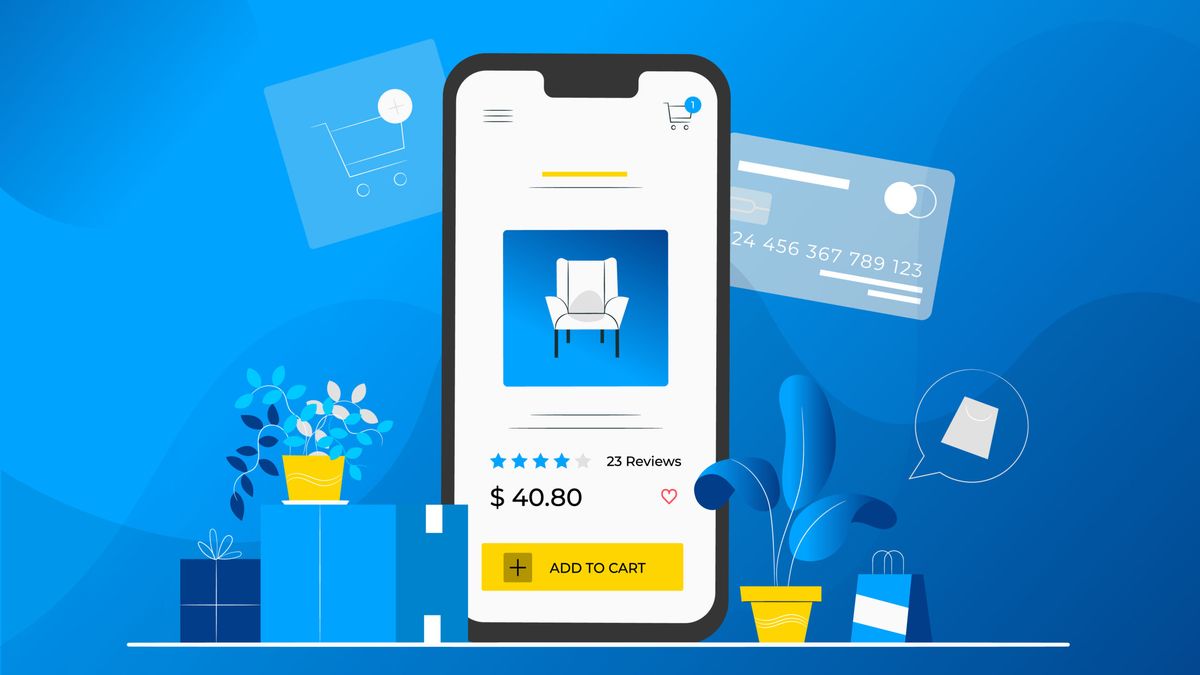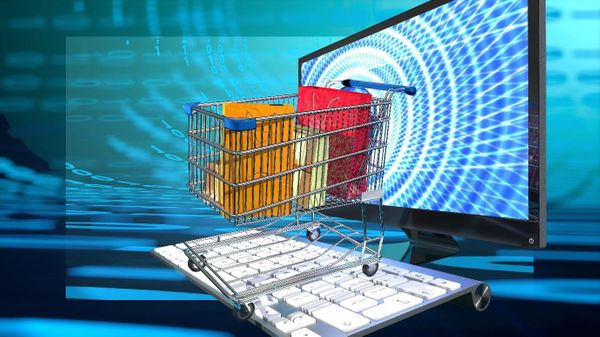As an e-commerce seller, you are constantly taking risks by choosing what to sell in your store and when to do it. Between profitability, marketing, and market competition, there are a lot of decisions that will go into choosing what your next product will be. We asked our large online sellers to share their advice on choosing the ideal products for their online website and this is what they had to say.
The following content was shared by an anonymous confirmed seller on Amazon and organized by PingPong.
1. Trustworthy Product and Low Transportation Cost

For beginning sellers, choose products that you have seen on the front page of other large e-commerce websites. These are known to be successful and will have manufacturers willing and able to produce it. If you receive partnership requests from manufacturers who claim that their products have not been seen in the market, but have great development potential, do not blindly trust them. And do not get involved in foreign markets if you are not familiar with the market conditions or consumer habits of the country. Your product will be successful if it is something recognizable by consumers and manufactured properly.
The best products to ship are small, light, and not easily damaged during transportation. This means the transportation cost will be relatively low. Although the competition for large-volume commodities is relatively less fierce, complex logistics will increase the difficulty of operation, and problems such as product is being out-of-stock, replenishment, and after-sales often occur, making it difficult to grasp profits. Therefore, small and medium size sellers need to have a farsighted approach and look for excellent logistics and suppliers.
2. Reasonable sales price range and profit margins

Many small and medium sellers look for products with a purchase price around $1 and a selling price under $10. This type of low risk, low cost buying has yielded high volumes and high profits for many sellers before. Keeping this in mind, the market environment is always shifting and may require you to invest more into purchasing to secure a product worth selling at a higher price point. Maintaining a balance between purchase and selling cost is key to having higher profit margins.
When choosing a product, you must calculate the profit of the product carefully, otherwise you will fall into the dilemma of having no money at a low price or not selling at a high price. In general, the profit of maritime products should be kept between 30% -40%; the profit of airborne products is 20% -25%. If you find yourself investing significantly more money into your product without a reasonable profit margin, you may have to look into different products.
3. “High heat, low competition”
At present, the competition level of the entire Amazon market is relatively high, and the so-called “high heat and low competition” here are relative. For newer sellers, competition with large sellers makes entering that particular market too difficult. So to solve this, find products with relatively low competition and substantial “heat.”
So, how should we balance competition and popularity? There is no exact value for this. The following reference data can speed up everyone’s initial screening work.

Taking the keyword “sunglasses” as an example, we see that the monthly heat of “sunglasses for women” is 5,181,400, divided by 30 days to get the daily heat, and then divided the daily heat by the number of sellers obtained by searching for keywords, this is the number of orders obtained for each keyword.


When the data ratio obtained is less than 1, the result proves that this market is fiercely competitive and difficult to promote.
In the top 10 in the precision category, the number of products with more than 1,000 reviews is less than 5.

Using 3-5 core keywords, the number of searched BSRs is less than 5

The number of Review and BSR basically reflect the degree of competition of a category of products. Big sellers have entered the market early with large sales so competing positively is not a good idea, and it is difficult to sell the product.
4. No brand monopoly and sales monopoly
Brand monopoly
Stay away from products with big brands and their monopoly. These kinds of sellers not only have a stable ranking and a large supply advantage, but also have a very powerful team. That staying-power is enough to push small sellers off the market.
How do you check if the product you’re selecting has a monopoly? Record the brands of Top 100 products, check the number of online listings, and the percentage of brands. If a certain brand account for more than 50%, it is a monopoly.
Sales monopoly
In addition to avoiding brand monopoly, it is also necessary to determine whether sales are monopolized by the top three or top ten sellers. You can use the Jungle Scout tool to view the result.

In this example, top 20 sales are relatively impressive, and there is no cliff-style sales increase or decrease. The average monthly sales have reached more than 4000 pairs, and there is no monopoly of sales.
5. Follow upwards trends

Finding products with increasing demand is an important way to increase sales in the future. Avoid products whose life cycle is declining, otherwise nothing can compete with the market law.
Use Google Trend Tool
Searching for 3-5 keywords and you can see trends in target countries. Through the trend curve for many years, determine the stage of the life cycle of this product.
In addition, you can also find out the off-peak season of this product by observing the trend curve, it is best to find products with monthly sales of more than 50 throughout the year. If monthly sales are sometimes high and sometimes low, then start operations early in the month when sales begin to increase. Start ordering at least 1 month in advance, otherwise your goods will arrive with low season.
Observe how many big names are pouring in
The product life cycle is basically divided into four stages: investment and education market stage, growth stage, maturity stage and recession stage. It is perfect if we can enter the growth stage and exit in the middle of the maturity stage, because the big names generally choose to enter the market at the mature stage for they are not afraid of competition, so when there is a large influx of big names, product sales will basically not increase.
Observe the number of Reviews
Observe the number of product reviews among the top 10 sales, if the number is particularly large, it proves that the market is very mature.
Check the product launch time
Using the Keepa plugin to see how long the product has been online, and to observe the online time of the product. If the product has been online for more than one year, it proves that this product is very mature. If the product does not have a particularly large advantage, novices should try not to sell it; if the product is in the Top 100 sales and the proportion of new products within 30 days of online is 10%, then the products in this category have just become popular, you can further understand the product.
6. Simple functions and easy customs clearance
Products with simple functions
Try to avoid products with complex functions. In most countries’ consumers may have no patience to study complex functions. At this time, the end may be the buyer abandons the use and returns the refund. The surge in the return rate on the one hand causes a lot of economic losses, and it also affects performance.
Avoid selling products that are difficult to be cleared in the target country.
Communicating with freight forwarders to see which products are difficult to be cleared. For example, in Amazon Japan, Food and products that meet the skin are basically difficult to be cleared. It will cause huge losses if you do not do your homework in advance and encounter an irresponsible freight forwarder.
From PingPong Payments
PingPong Payments is a global business, founded in New York in 2015. We conduct business all over the world, and happen to have a large presence in China – we have over 500 employees in China, have provided services for more than 600,000 Chinese cross-border E-commerce stores, and have also set up 15 global offices around the world.










